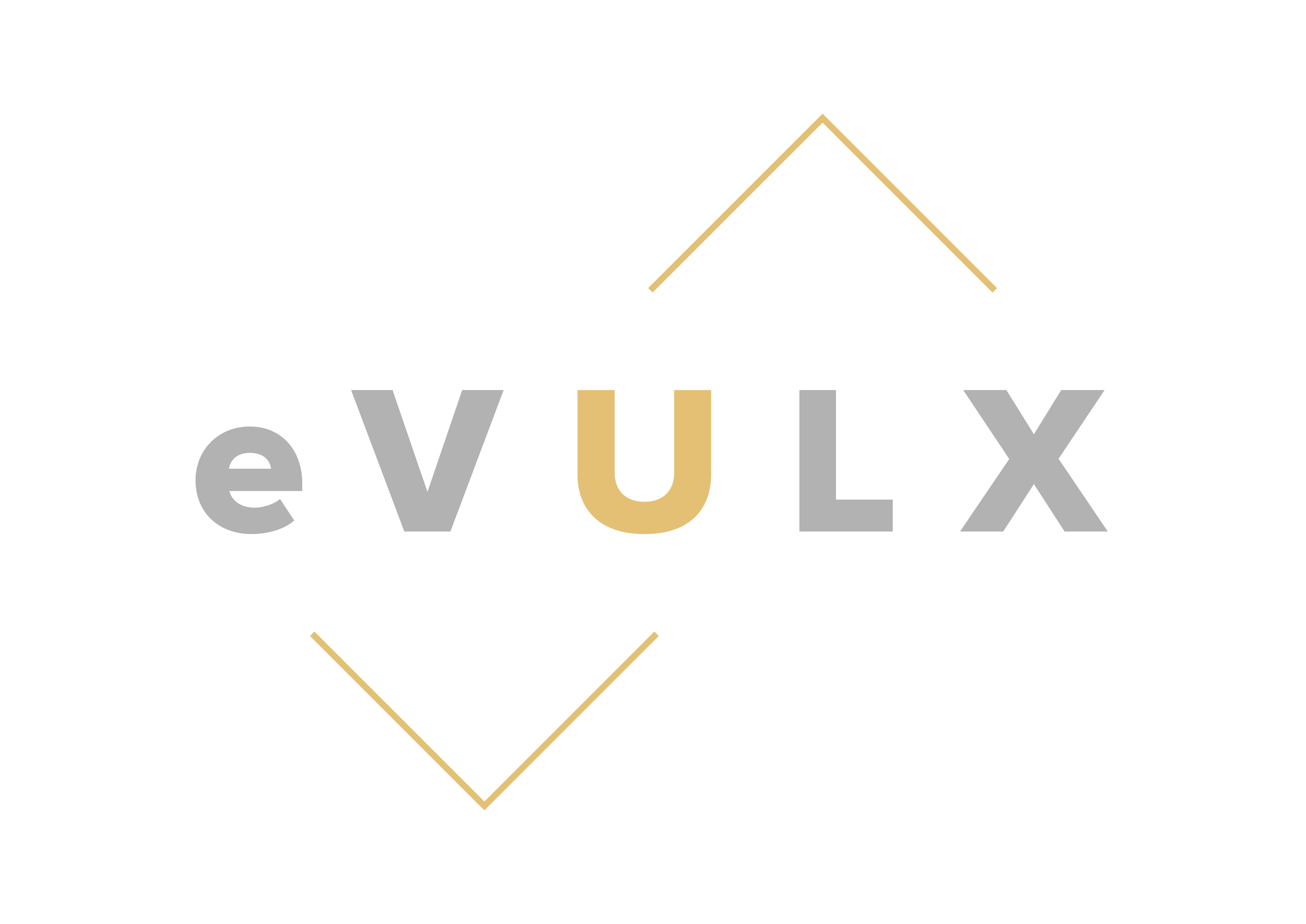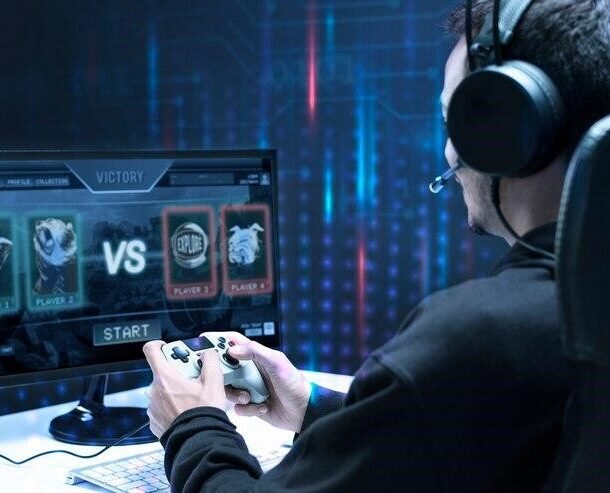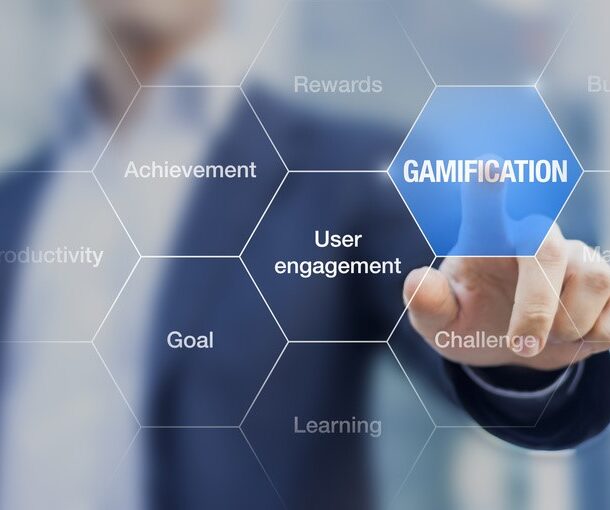
Gamification is a topic you have likely heard a lot about, but there is little knowledge out there that can direct us as to why it works. Understanding this can help us uncover motivational approaches that may already exist within your company.
Worth at an estimated $2.3 trillion, the global entertainment and media market is enormous. While this incorporates television, radio, and film, it also includes video games. Presently, the global revenue of this thriving industry is $101.62 billion, as average buyer spending comes in at just over $90 each year. But it isn’t just the economic side of things that raises eyebrows.
The average gamer spends eight hours a week playing their preferred console or gadget. Adding into the bargain that 67% of US households play video games, it is clearly apparent that we have a bit of an obsession, but the joys and satisfaction we get from gaming are being used for other pursuits as well, aside from amusement.

Research has discovered that adopting game review and mechanics in non-game contexts can improve engagement levels, assist in achieving specific tasks, improve individual learning and promote personal development. This is known as gamification.
A closer look at what is gamification
By delivering rewards or injecting some fun into a chore or everyday task, the individual is more likely to get it accomplished in a quick, efficient, and prosperous way. It is a typical tactic used by parents, as challenging your kids to sweep their room within five minutes will probably have the desired effect.
Everything from keeping fit to handling your money can be a fun and fulfilling adventure, whilst achieving its primary objective at the same time. Currently, gamification strategy is apparent wherever you look, especially on phones and tablets.
Our natural human intuition of competition and ambition kicks in when there is a special incentive involved. As such, gamification offers a challenge, allows you to overcome it, and provides gratification in the end.
For more information on what is gamification, read our article What is Gamification?
The science of gamification
Gamification strategy is all about motivation, passion, and willingness to do something. This feeling of drive and purpose is fueled by dopamine, and the chemical activity is passed from one neuron in your brain to another. Essentially, your body releases dopamine when you partake in something pleasurable or satisfying.
While these can be all sorts of things, receiving a reward/prize is one of the biggest. But even before you’ve been reimbursed for doing something, your brain may give you a chemical hit.
This is because dopamine neurons try to anticipate the rush you’ll receive from your efforts. Over time, they’ll know when something satisfying is on its way and unleash good feelings beforehand.

Therefore, the better you do, the more you receive (rushes of dopamine), and the easier it is to stay motivated. Gamification in business attempts to replicate this model.
Why gamification works
Motivation is at the core of gamification, but where does our enthusiasm come from? Several theories correlate to this subject, but Scientific American thinks three critical elements sustain motivation.
Autonomy – If you’re in control of your destiny, you are more motivated to achieve. Being in control suggests you’ll work harder and stick to your objectives for a more extended period of time. Experiments indicate that students given the opportunity and authority to establish a course on their own persisted longer in problem-evaluating activities than those who were not.
Value – Assigning value to the activity and the active stake in the subject also increases motivation. Research has discovered a positive correlation between valuing a subject in school and a student’s willingness to pursue related queries.
Competence – If an individual acquires a proficiency or skill for something, they’re more likely to persist in doing it. Again, studies have proven this, establishing a strong link between students’ sense of prowess and their urge to pursue certain activities. What’s more, those who credit innate skills rather than hard work tend to give up faster.
Gamification in business benefits our extrinsic (money or grades) and intrinsic (personal gain or pleasure) motivation to enhance daily activities or specific tasks. Therefore, gamification marketing performs best if both of these motivational factors are catered for. Therefore, gamification works great if both of these motivational aspects are catered for. Even though you want to feel good about yourself, some form of compensation or prize is also required.
eVULX gamification
eVULX has taken the science and approach behind gamification and applied it to comprehensive training solutions. We understand that a purpose of accomplishment coupled with receiving rewards and the thrill of competing against others can improve any organization’s training programs.
With our gamification model, different achievements can be attained by demonstrating facts about issues relating to your business, industry, or job requirements. After participating in these games, employees can see what appointment they’ve performed on a leaderboard consisting of colleagues’ performances. This promotes competition and encourages your workforce to push past their limits.
[…] Related article: What is Gamification and Why it Works? […]





3 Comments
[…] To read about gamification implementation, read our blog: What Is Gamification And Why It Works? […]
[…] Related article: What is Gamification and Why it Works? […]